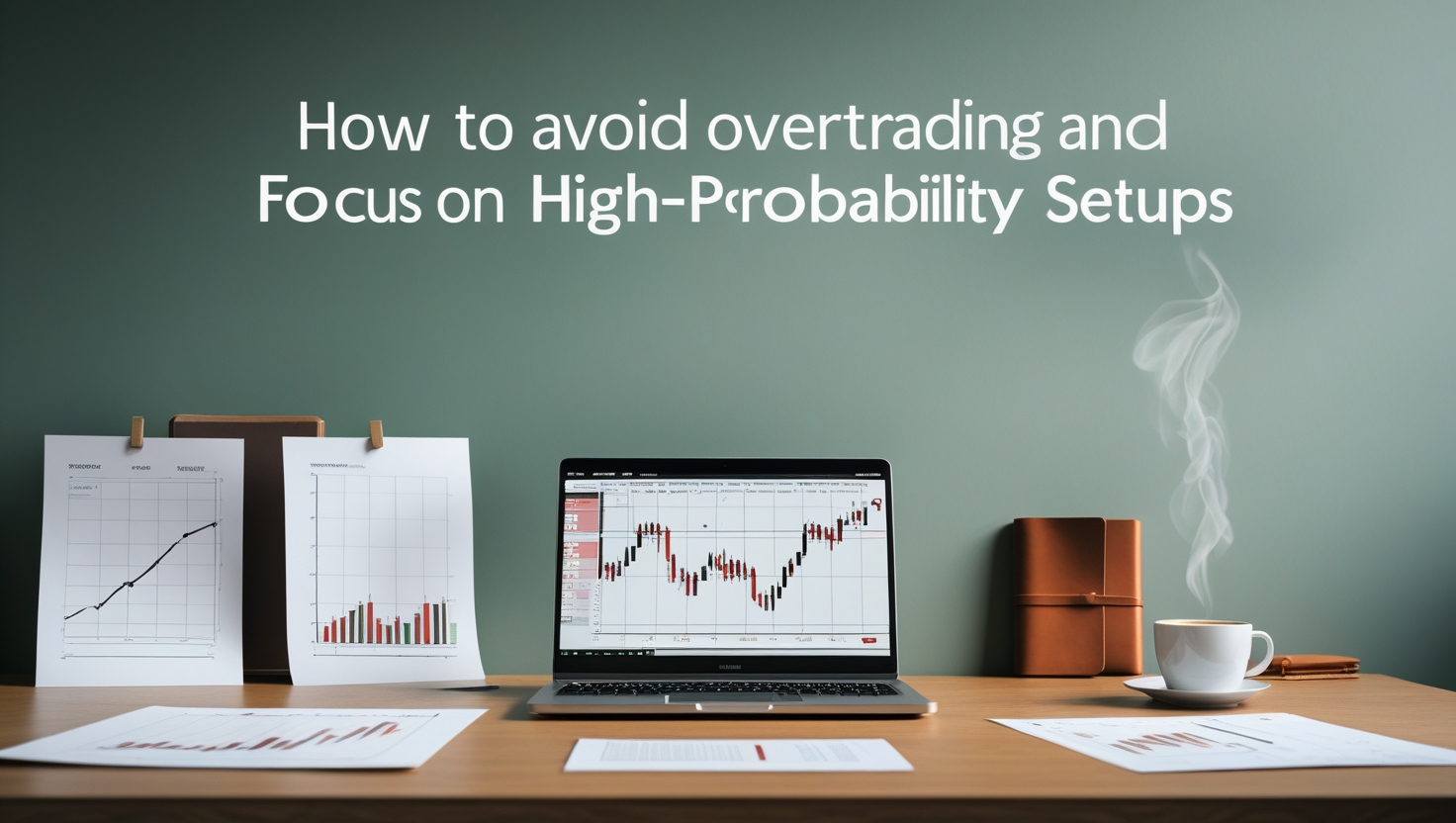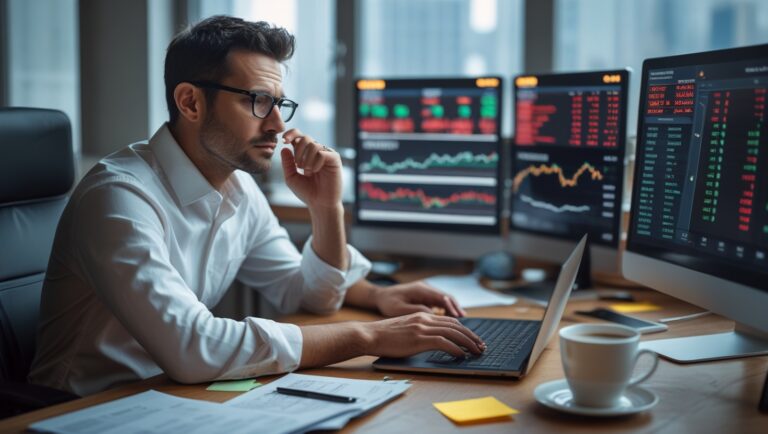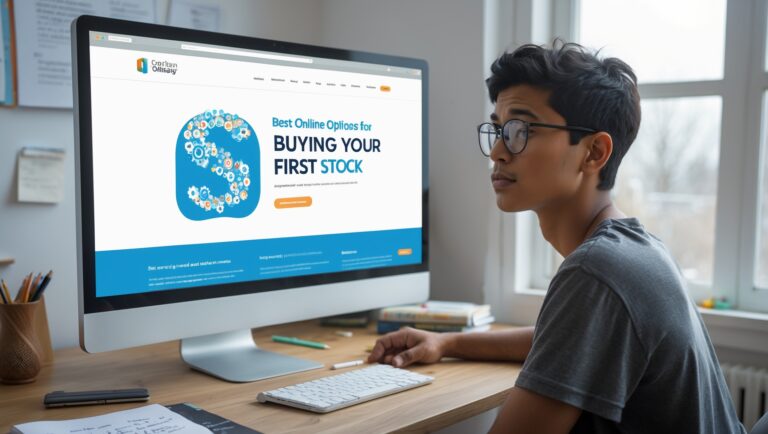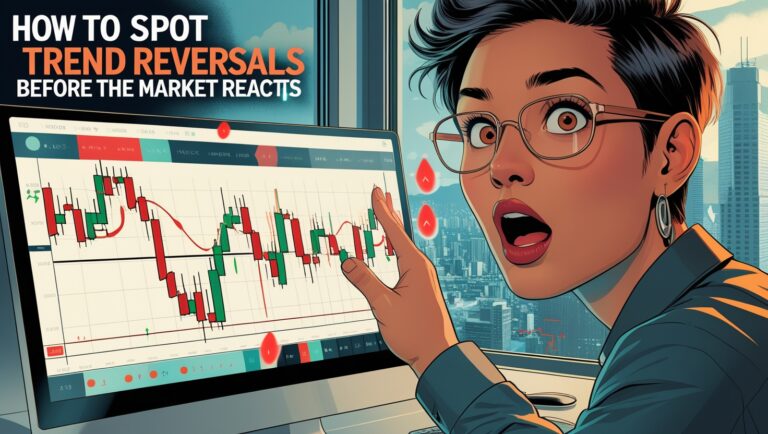How to Avoid Overtrading and Focus on High-Probability Setups
How to Avoid Overtrading and Focus on High-Probability Setups
When I first got into trading, I thought I had to be in the market every day, all day. If I wasn’t trading, I felt like I was falling behind. But over time — and after a lot of unnecessary losses — I realized that the real key to consistency wasn’t trading more. It was trading less, but better.
In this post, I’ll break down how I stopped overtrading and learned to focus only on high-probability setups that actually make me money. This shift didn’t just improve my results — it gave me peace of mind.
If you’re looking for a repeatable system to help you trade less, trade smarter, and even pay your bills like I do:
👉 Download my ebook
I explain how I read the market, build a simple watchlist, and avoid the traps that cost most traders their accounts.
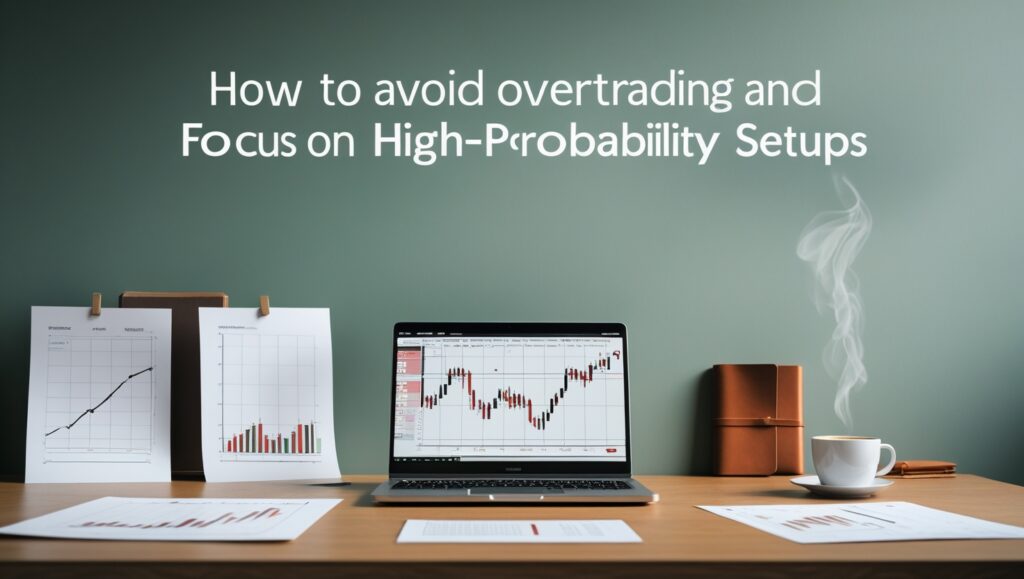
Table of Contents
Overtrading Almost Ruined My Progress
At the beginning, I was clicking buy and sell all day long. Every small dip or bounce looked like a setup. I was emotionally drained, my win rate was terrible, and I was going nowhere fast. The worst part? I didn’t even realize I was overtrading. I thought I was just being “active.”
But eventually, I noticed something: My best trades all came from setups I planned ahead of time — not from random mid-day scalp attempts or revenge trades. That’s when I knew something had to change.
What Overtrading Really Looks Like
Overtrading isn’t just trading a lot. It’s entering low-quality setups, chasing price, ignoring your rules, and letting emotions drive decisions. Every time I traded without a plan, I paid the price.
Now, I focus on pre-planned, high-probability setups only. If the trade isn’t in my morning watchlist, I don’t take it. Period.
How I Define High-Probability
A high-probability setup for me means:
- Clear breakout or breakdown level
- Strong premarket volume or news
- Sector strength or sympathy play
- Clean chart — no chop, no resistance traps
- Clear risk-to-reward (minimum 2:1)
If a setup doesn’t meet those conditions, I skip it — no matter how tempting it looks.
My Daily Routine That Prevents Overtrading
Every morning before the bell, I create a tight watchlist of 5–6 stocks. I look for volume, catalyst, and structure. I mark my levels, write down my plan, and wait.
This helps me enter the day with purpose, not chasing.
And yes — I break this entire process down step by step inside
👉 my ebook
Trade Less, Earn More
The truth is, I make more money now trading 2–3 times a week than I did trying to trade 10 times a day. Because now, every trade is intentional. I’m not wasting bullets on garbage setups. I wait for the move that makes sense — and then I strike.
This is how I pay my rent, bills, and groceries — by trading less, not more.
The Mental Trap of Needing Action
There’s a false sense of productivity that comes with constant trading. But action isn’t progress. Most of the time, discipline is doing nothing until the right opportunity shows up.
Now, when the market is slow or setups aren’t clean, I walk away. And I’m proud of that.
Journaling Helped Me Break the Habit
I started logging every trade — especially the ones I shouldn’t have taken. Seeing it on paper helped me connect the dots. Most of my red days came from taking random, unplanned trades. Once I saw the pattern, I stopped.
Now, I ask myself before every trade: Did I plan this? Does it fit my criteria?
If not, I skip it.
Final Thoughts
If you’re stuck in the overtrading cycle, know this: You don’t have to trade all day to make money. One clean trade a week can change your month if you size properly and manage risk.
Want my full system to trade fewer, smarter setups — and actually build consistency?
👉 Grab my ebook here
I walk you through the exact strategy I use to avoid overtrading and focus only on what works.
There were times when I felt like I was missing out if I wasn’t in a trade. That fear — fear of missing out (FOMO) — is what drove most of my worst decisions. I used to think that the more I traded, the more chances I had to win. But in reality, I was giving back profits by taking trades that didn’t meet any criteria.
What helped me break that cycle was building a process. I created a routine that didn’t depend on alerts or indicators. I knew exactly what I was looking for before the market opened. And if it didn’t show up, I stayed out. That kind of patience didn’t come overnight, but it changed everything.
The key is to plan your trades in advance. I write down my watchlist every morning and draw levels on my charts. If I don’t see the move I want, I don’t enter. That discipline has protected my account from unnecessary losses more than anything else.
Another important shift I made was focusing on quality over quantity. I don’t need ten setups. I only need one or two solid ones each week. Those are the trades I can size into with confidence — and that’s how I’m able to use trading to cover real-life expenses like rent and groceries.
I also remind myself that trading is a long-term game. I’m not trying to hit home runs every day. I’m here to grow my account slowly, consistently, and without stress. That’s how I stay sharp and avoid emotional burnout — a common trap for overtraders.
When I’m not trading, I’m still working — reviewing charts, refining my plan, and logging what’s working. That kind of non-trading work has been just as valuable as executing trades. It’s how I improve without risking capital.
Inside my ebook, I explain how I went from overtrading to sticking to only high-probability setups — including how I filter the noise and avoid getting pulled into low-quality ideas.
I’ve also learned to let trades come to me. I don’t chase anymore. I wait for the right setup to come to my level. When you stop forcing trades, the market feels a lot less stressful — and your results improve almost immediately.
If I go a day without taking a trade, that’s a win too. It means I respected my rules. No trade is better than a bad trade. I would rather protect my capital and take the right shot tomorrow than lose today on something that didn’t deserve my money.
Most traders lose not because they’re bad — but because they overtrade. They give their edge away by trying to be in the market all the time. I used to be that way. Now, I’m selective. I protect my time, energy, and capital.
It took me time to get here, but once I found a rhythm, I realized that consistency isn’t about how often you trade. It’s about how well you trade. And once I mastered that, I could finally say I was doing this for real — not guessing or gambling.
If you’re ready to break free from overtrading and finally build a routine that makes sense —
👉 Grab my ebook
and learn the exact steps I follow to trade smarter, not harder. It’s the same strategy I use to make real income each month, without being glued to the screen.

Stay ahead in the stock market! Subscribe to our newsletter and receive exclusive stock flow reports, trading insights, and actionable tips directly in your inbox. Join thousands of traders who get our updates first.

